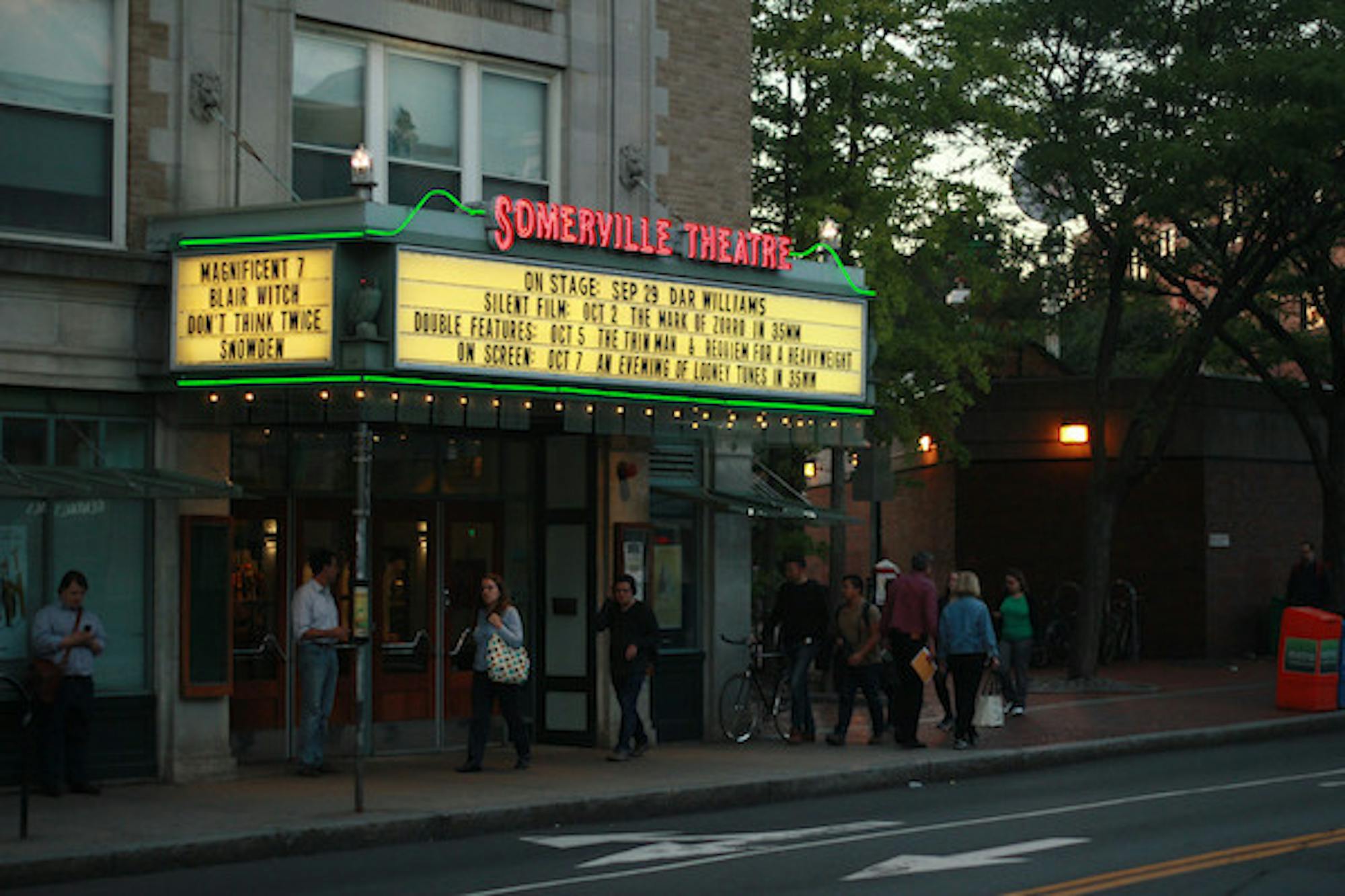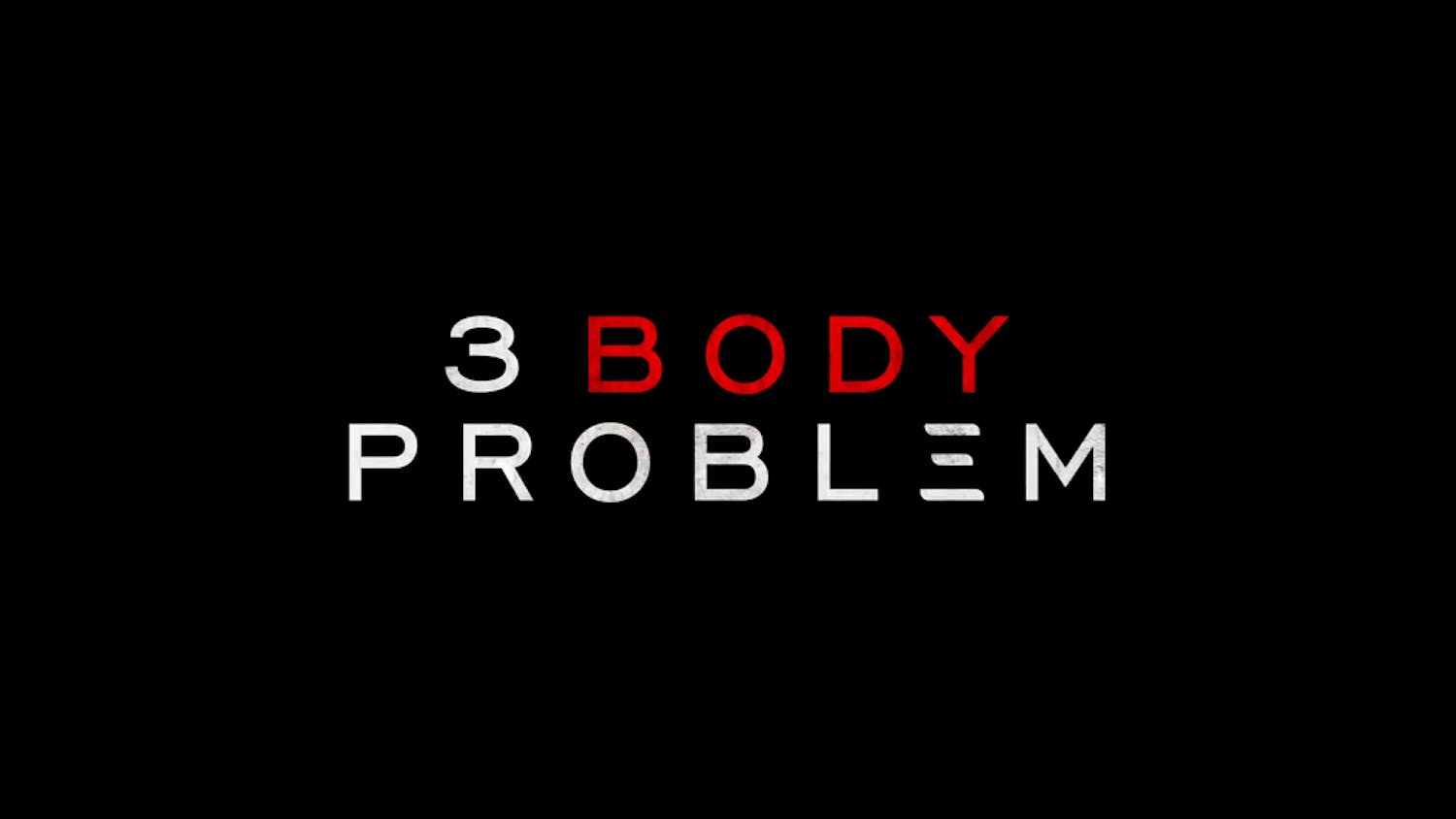Running from Sept. 16 to Sept. 25, the Somerville Theatre’s 70mm and Widescreen Festival brought to the screen a bevy of films, presented in some of the most revered film formats. Featuring pictures from 1956 (“The Ten Commandments”) to 2014 (“Interstellar"), the series offered a potent reminder of the heights that movies can reach. The films on display were not necessarily those that will go down in film history as the best, though two of them, “Lawrence of Arabia" (1962) and “Ben-Hur” (1959), are certainly in that discussion. They are, however, without a doubt some of the biggest and most ambitious movies ever made. For those who missed it, fear not, because the festival will be back next year.
This reviewer was able to see Lawrence Kasdan’s Western, “Silverado” (1985) and Stanley Kramer’s comedy epic, “It’s a Mad, Mad, Mad, Mad World” (1963). While "Silverado" is technically not a true 70mm film, having been shot on Super 35mm and then blown up to 70mm for presentation, the picture and sound are nevertheless breathtaking. Both the sound and Bruce Broughton’s score were nominated for Academy Awards, and 30 years on, it’s easy to see why. The soaring horns over the crystal-clear rumble of hoofbeats on the prairie, the rustle of saddles and the booms of Henry rifles and six-shooters effortlessly transport the audience to the Old West. "Silverado" may not be an all-time great Western, but in the opening scene, the camera follows hero Emmett (Scott Glenn) as he steps out of a mountaintop cabin, coupled with a gobsmacking widescreen vista that is laid out across the screen, rendering any complaints about plot or dialogue moot.
“Mad World” offered an even better experience. Filmed in the rare Ultra Panavision format, the film has a 2.76:1 aspect ratio, resulting in the widest of widescreen pictures currently available. Following a motley group of motorists who learn the location of a stash of money from a dying man, this film truly is one of the all-time greats. As they race to be the first to the money, the sweeping aerial and vehicular cinematography can make a beat-up red Volkswagen overtaking a furniture truck more captivating than anything from “The Fast and the Furious” (2001).
Even though it clocks in at around three-and-a-half hours (with an intermission!), “Mad World” doesn’t drag for a minute. There’s humor in every scene, in every moment and in practically every line. Even when the immersion is broken due to a loud cough from an audience member, an inadvertent kick to the back of one’s chair or some other distraction, there’s no impulse to check the time or wish for the end credits to roll. For all the crowing that audiences’ attention spans have disappeared, naysayers should be directed to that theater, where nary a cell phone screen could be spotted for the entire duration of a decades-old movie, still able to enthrall viewers and make them laugh so hard it hurts.
Luckily, old movies aren’t the only ones to take advantage of the 70mm format. Filmmakers like Christopher Nolan (“Interstellar”), Quentin Tarantino (“The Hateful Eight” (2015)) and Paul Thomas Anderson (“The Master” (2012)) have all taken advantage of the format. The release of “Interstellar” and “The Hateful Eight” spurred many theaters to add 70mm capabilities, allowing directors to shoot in the format and know that audiences would be able to see their films the way they were meant to be seen. Upcoming releases in large format include “Rogue One: A Star Wars Story” (2016), which was digitally filmed in 65mm with Ultra Panavision lenses, and Nolan’s “Dunkirk” (2017), which was shot entirely in 65mm, with a significant portion of shot in IMAX 65mm. Films are shot in 65mm and projected in 70mm, the extra 5mm carry the sound.
Some argue that digital formats offer a better quality picture because film inherently has a grain that cannot compare with a pristine digital image, but both digital devotees and film fanatics overlook that each format has its place. The classic and unmistakable look of film provides a sense of realism, an ever-so-slight barrier between the real and the cinematic that wards off the effect of the uncanny valley. Filming a human drama in digital would lose that quality and shooting a movie like “Gravity” (2013) on film would have compromised its stark and stunning look. Many complain about high prices, crowds and distractions at movie theaters, preferring to watch movies at home. And perhaps one’s couch is the best place for some movies – a lazy afternoon watching a comedy with friends is certainly appealing. But for those who don’t often go to theaters, take the time to find a theater showing a movie you want to see in 70mm. It certainly isn't something to regret.
Somerville Theater's 70mm Film Festival revives magic of film






